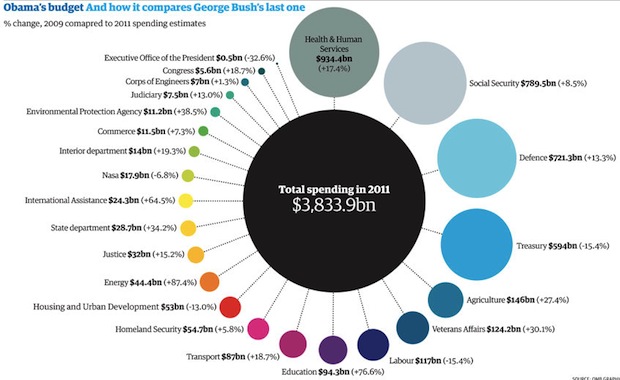 The cognitive science behind how and why consumers make the decisions they do has received a great deal of attention over the last 10 years. Best selling book and several new fields such as neuromarketing and behavioral economics have emerged all of which hold important insights for cognitive designers. If you have not folded these into your toolkit it is well worth the effort. I have found them useful not only to guide design for consumer decision-making but all manner of decision-making involving value.
The cognitive science behind how and why consumers make the decisions they do has received a great deal of attention over the last 10 years. Best selling book and several new fields such as neuromarketing and behavioral economics have emerged all of which hold important insights for cognitive designers. If you have not folded these into your toolkit it is well worth the effort. I have found them useful not only to guide design for consumer decision-making but all manner of decision-making involving value.
For a quick introduction to some of the designable insights from behavioral economics, check out, A Marketer’s Guide to Behavioral Economics, written by Ned Welch in the McKinsey Quarterly. Here are some of the key ideas:
* Remove the viscerally pain in parting with money.The emotional pain caused by the thought of giving up something we value now, for some benefit in the future, even if it is a big benefit, is something we are not wired to do. Ways to mitigate the pain of parting with money today include providng the option of delaying payment, categorize the payment in a more pleasant mental account (spare change, tax rebate or anything windfall-related) and use web/mobile phone based ways to make payment instant.
* Use the power of default options to have the status quo bias work for you. Having employees opt-out rather than opt-in to a 401k plan or offering a base model with several premium features are typical examples. We tend to keep things as they are especially if it takes a lot of mental work to change them.
* Avoid choice or other cognitive overloading. Too many decisions, too much to learn, too many open issues all mean I won’t decide to buy.
* Make the choice to buy meaningful by properly positioning the product. If I can quickly and easily see the relative value of the article then buying it makes meaning for me.
In general, you want to be sure that the mental energy generated by making the decision is much greater than the mental work the consumer has to do to make it. Given a reasonable price and some need or want, tipping the balance of mental energy will make the sale every time!

 Some of the most powerful cognitive designs work because they trigger powerful neurochemicals that act as natural drugs in our brains and bodies. With the right mix of features and functions a design can produce dopamine, serotonin, adrenaline, Oxytocin and other high-octane sources of mental energy.
Some of the most powerful cognitive designs work because they trigger powerful neurochemicals that act as natural drugs in our brains and bodies. With the right mix of features and functions a design can produce dopamine, serotonin, adrenaline, Oxytocin and other high-octane sources of mental energy.










